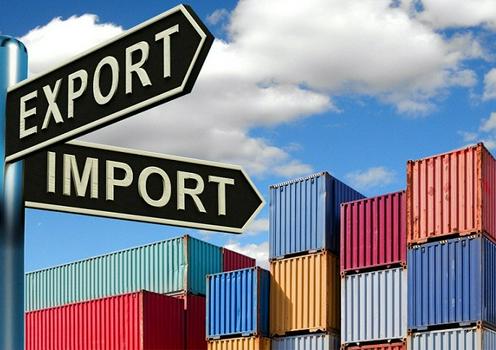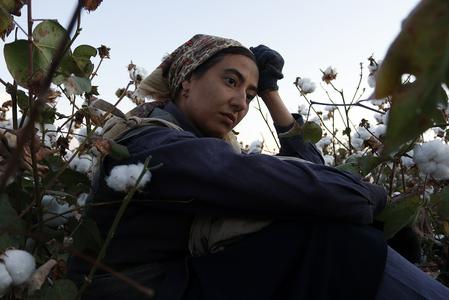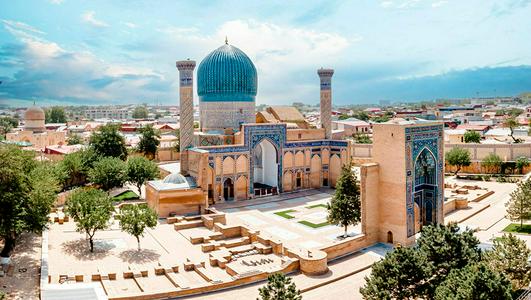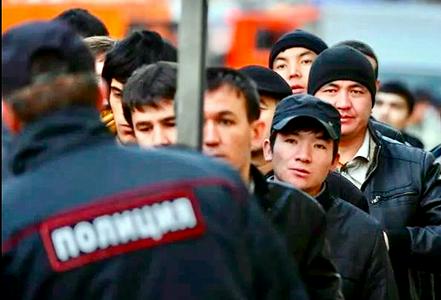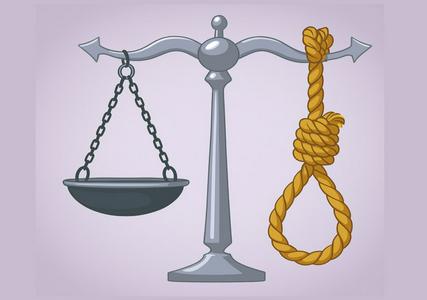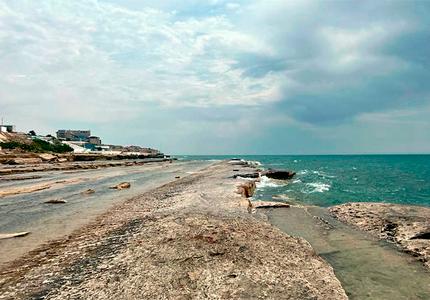Between January and September 2025, Uzbekistan’s trade turnover with other countries totaled $59.8 billion, an increase of almost 23 percent — or $11.1 billion — compared with the same period last year, according to the National Statistical Committee.
During the reporting period, exports of goods and services nearly reached $26.6 billion, up by one-third from the first three quarters of 2024. Imports also rose by 15.6 percent, reaching $33.1 billion.
As a result, Uzbekistan’s foreign trade balance remained negative, with a deficit of $6.4 billion.
According to the report, Uzbekistan currently trades with 206 countries. Its main trading partners are China and Russia, which account for 19 percent and 15.7 percent of total trade, respectively.
Trade with China amounted to $11.4 billion, up by more than $2 billion year-on-year — the largest growth recorded with any single country. Russia ranked second, with trade turnover totaling $9.4 billion over the same period.
Other key partners included:
✅ Kazakhstan — $3.4 billion
✅ Turkey — $2.1 billion
✅ South Korea — $1.3 billion
✅ Afghanistan — $1.15 billion
✅ France — $1.1 billion
In the export structure, the main categories were non-monetary gold ($9.8 billion), services ($6.7 billion), and industrial goods ($2.8 billion).
Russia was the largest buyer of Uzbek goods and services, with imports worth $3.2 billion. Three other countries — China, Kazakhstan, and Afghanistan — also imported more than $1 billion worth of Uzbek products.
On the import side, Uzbekistan spent the most on machinery and transport equipment (over $11.2 billion), followed by industrial goods ($5.2 billion), chemical products ($4 billion), services ($3.6 billion), and food and live animals ($3 billion).
China remained Uzbekistan’s dominant supplier, accounting for about one-third of all imports — more than $10 billion. It was followed by Russia ($6.1 billion), Kazakhstan ($2.4 billion), Turkey ($1.3 billion), and South Korea ($1.2 billion).
